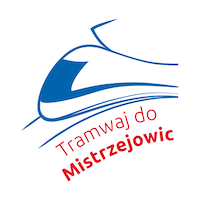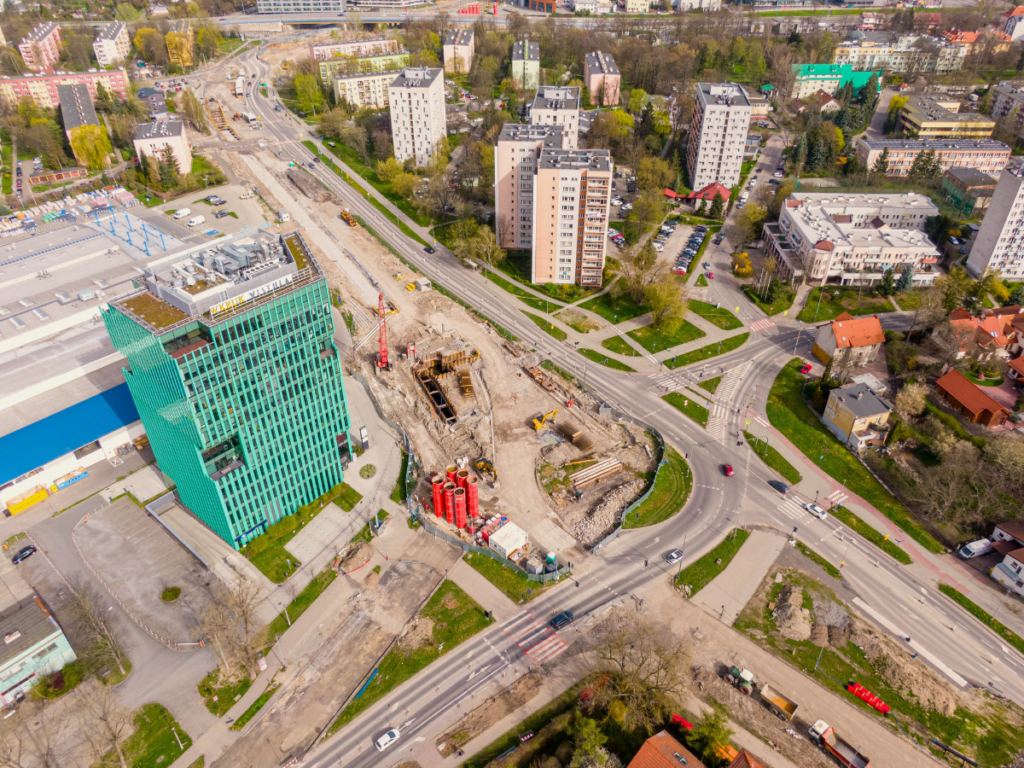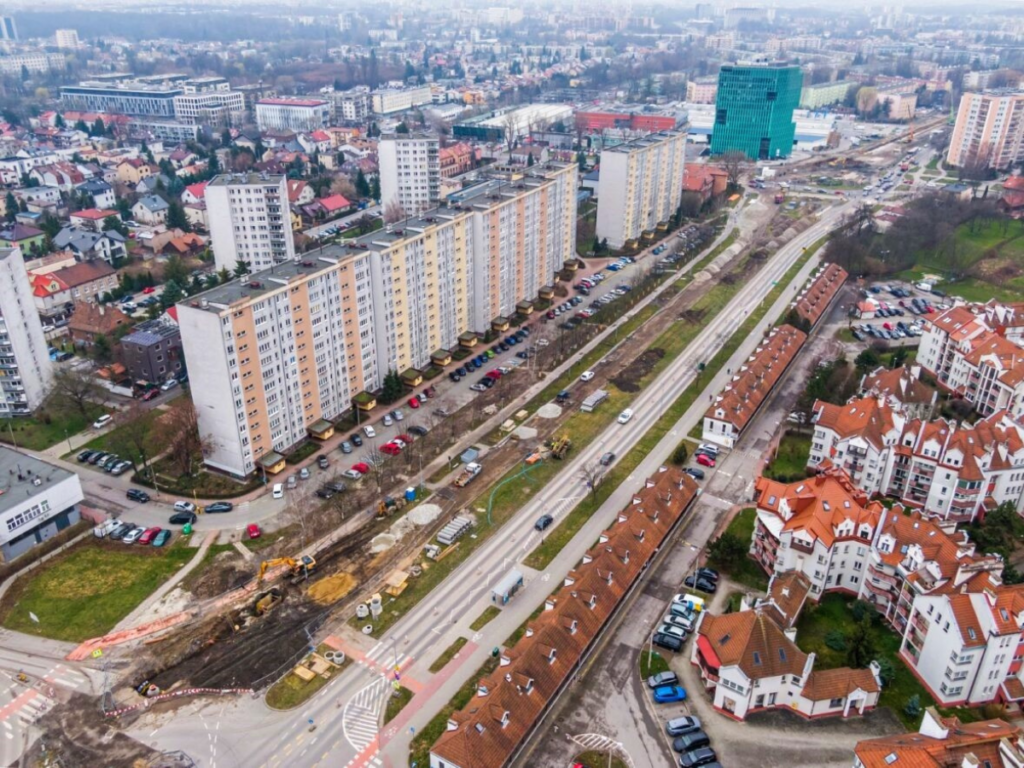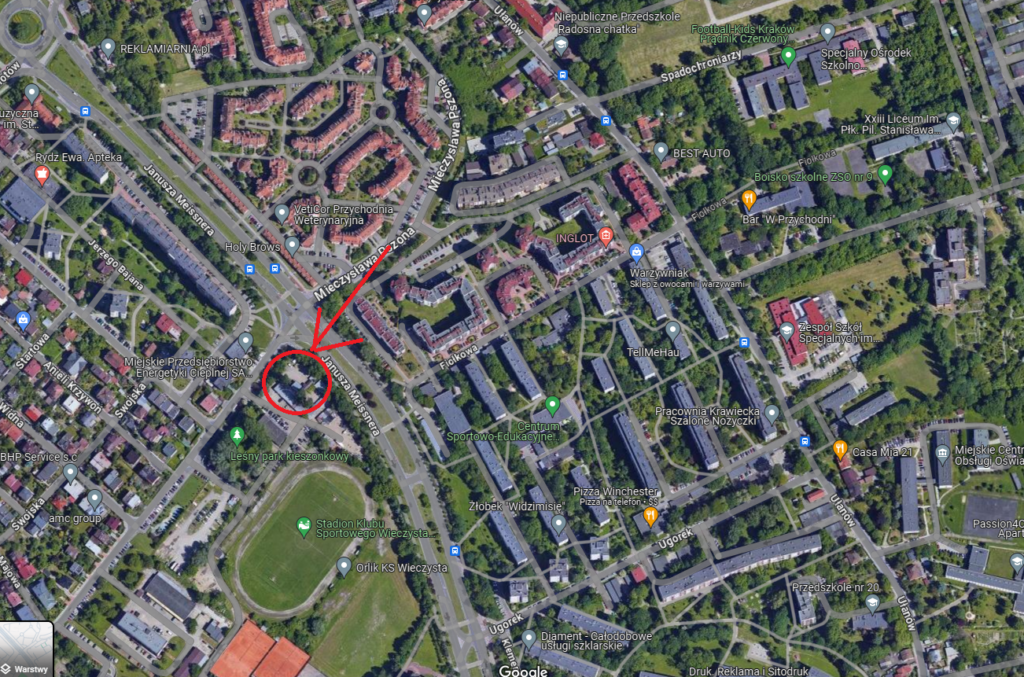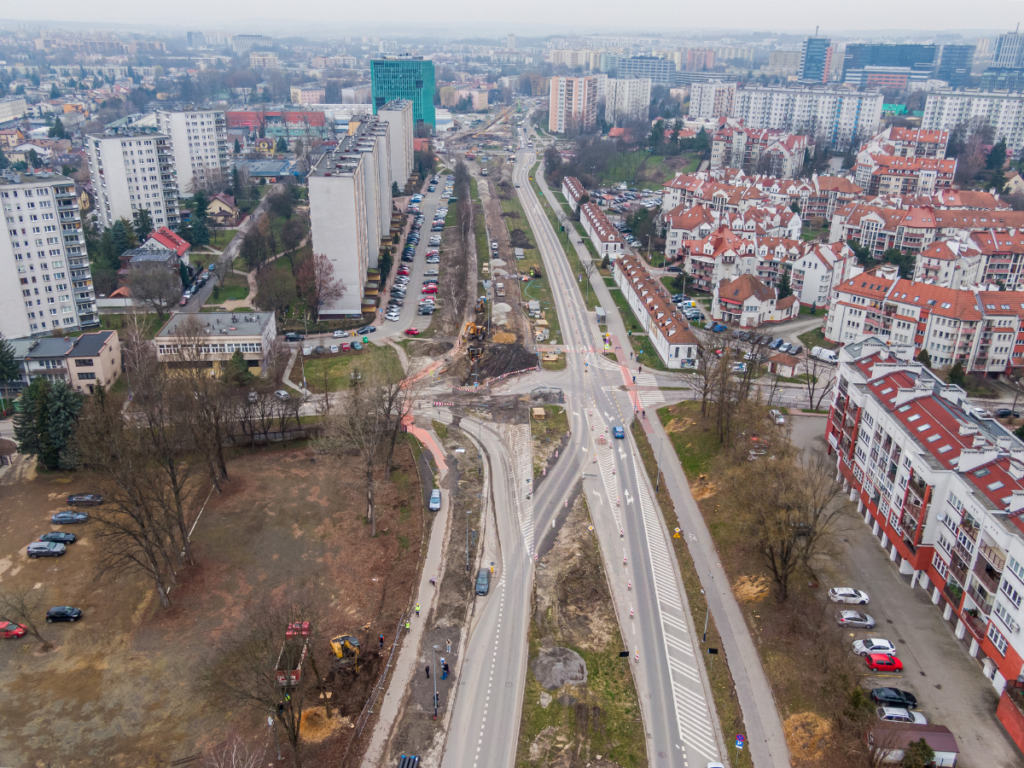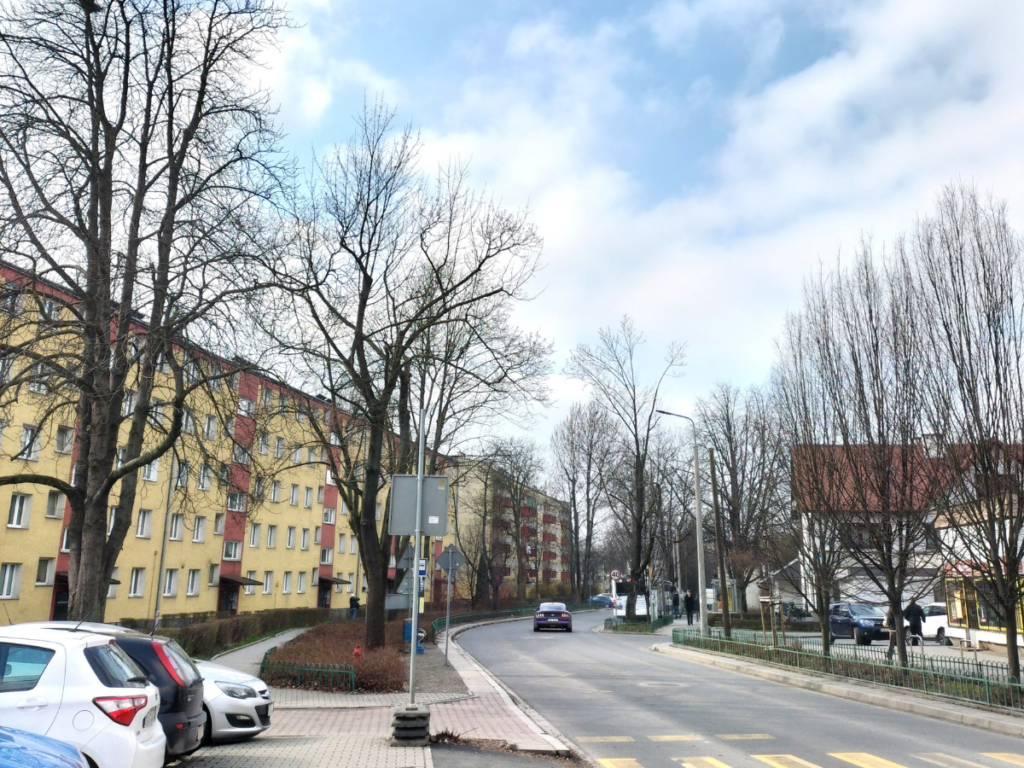Beginning next Tuesday, April 16, work will begin on the reconstruction of a heat pipeline on Meissnera Street. Due to the works, the parking lot along Meissnera buildings 4 and 6 will be temporarily out of service. Replacement parking for residents, will be located at 6 Pilotów Street – Castorama and on Pilotów Street opposite Pilot Tower on the closed section of the road.
The reconstruction of an underground heat pipeline network is a complex process that requires precise planning and coordination of activities. The work is carried out in stages, taking into account the highest safety standards.
Once the new elements are completed, rewiring is carried out, followed by the dismantling of the old infrastructure. Underground networks are mainly placed under sidewalks, parking lots, bicycle paths and in green belts. This allows easy access to the installations during repair or maintenance work. In the case of repairs, this does not require disturbing the road surface, which minimizes disruption to traffic.
What exactly are the difficulties that residents will face?
In connection with the works, the parking lot at 4 and 6 Meissner Street will be successively closed as the works progress. The area that will be affected by the works first is marked on the graphic.

Replacement parking
Replacement parking is located at 6 Pilots Street – Castorama (spaces on the side of Młyńska Street) and on Pilots Street opposite Pilot Tower on the closed section of the road.
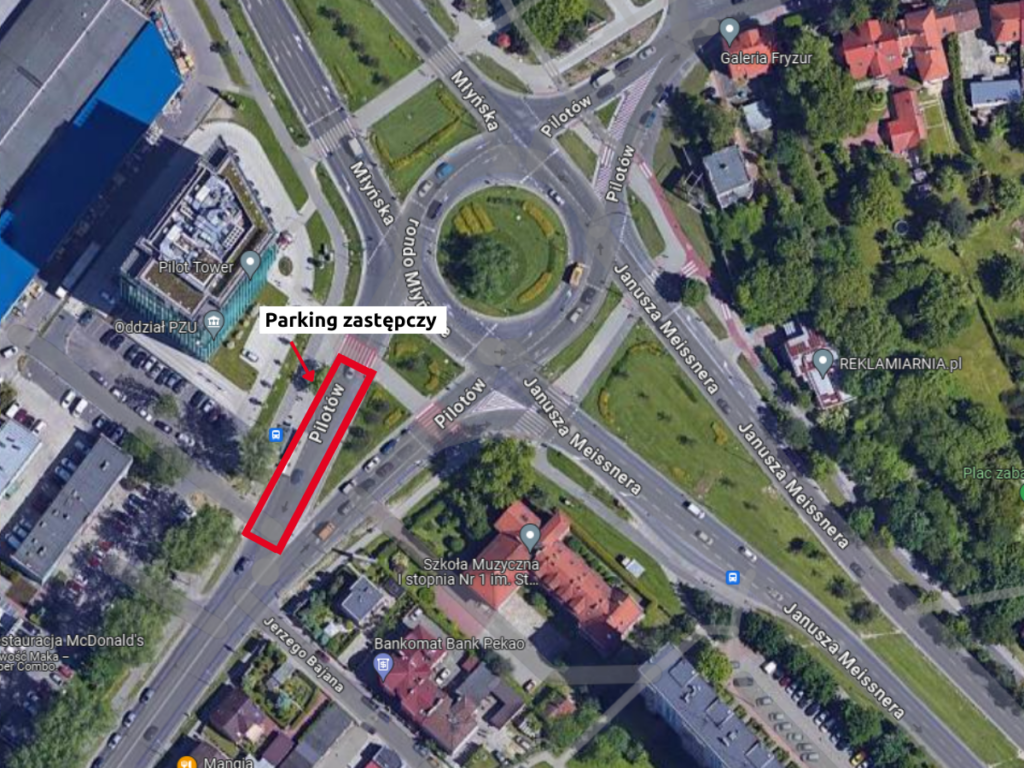
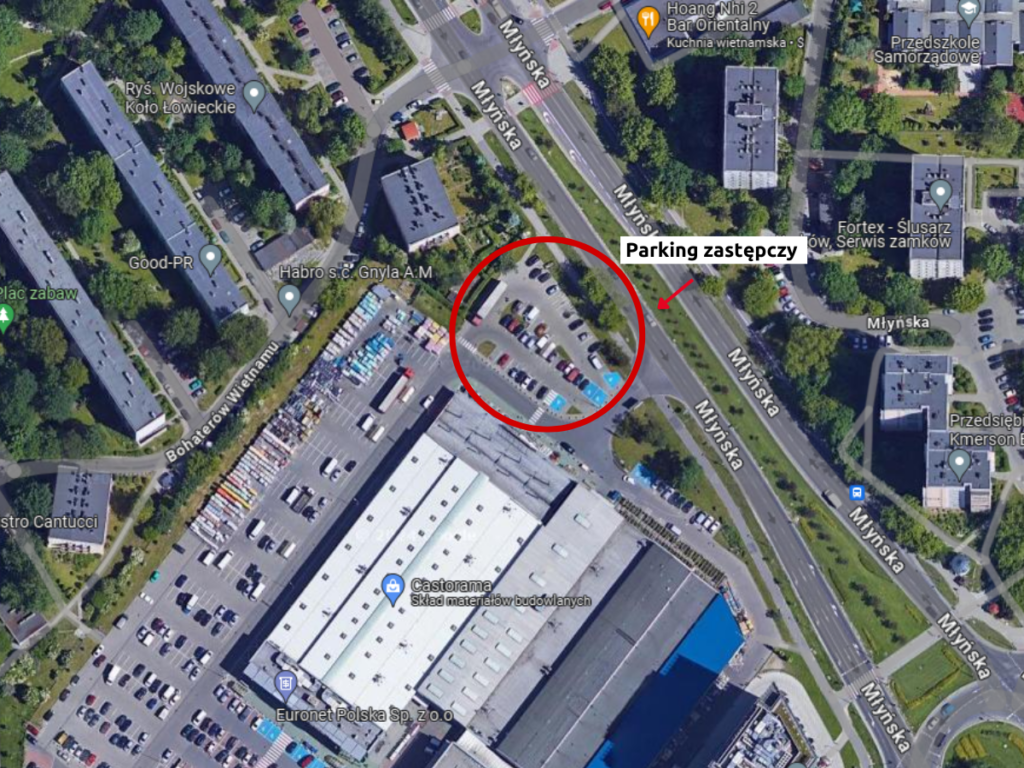
The work will last until the end of May.
